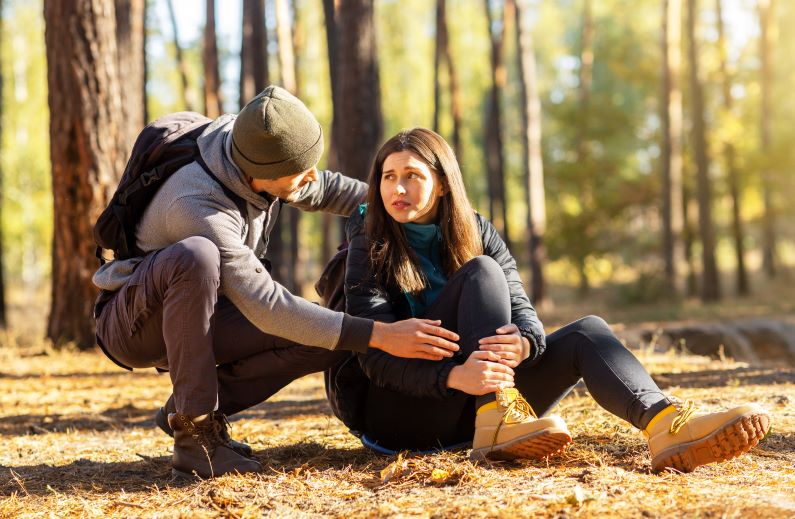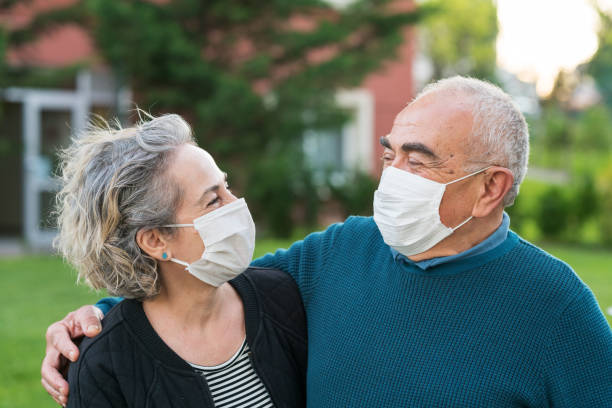Introduction
In emergencies where somebody's heart quits beating or they quit breathing, comprehending what CPR represents and exactly how to execute it can imply the distinction between life and death. Cardiopulmonary resuscitation (CPR) is a lifesaving technique that is crucial for any individual looking to be prepared in instance of a clinical emergency. This thorough guide intends to study the significance of CPR, explore its value, and offer a comprehensive understanding of how it connects with first aid practices.
Whether you're taking a first help course or are simply interested concerning exactly how you can assist in an emergency, this write-up will cover whatever you need to know. We'll dive into its historical context, existing techniques, and best practices while additionally highlighting the importance of being licensed in CPR through numerous certified programs.
What Does CPR Represent? Comprehending Cardiopulmonary Resuscitation
The phrase CPR represents Cardiopulmonary Resuscitation It involves 2 crucial components: "cardio," referring to the heart, and "lung," related to the lungs. The primary objective of CPR is to keep blood flow to crucial organs till professional medical help shows up or regular heart function is restored.
The Relevance of CPR in Emergencies
CPR is essential in several scenarios, consisting of heart attack, drowning, choking incidents, and various other scenarios bring about unfamiliarity or unresponsiveness. According to research studies from organizations like the American Heart Association, reliable CPR can increase or perhaps triple a target's opportunity of survival.


Why Needs to Everyone Discover CPR?
Learning CPR furnishes people with skills that can save lives. Oftentimes, spectators are the first -responders prior to emergency situation employees arrive. Being fluent in cardiopulmonary resuscitation allows you to act swiftly and confidently when every second counts.
History of Cardiopulmonary Resuscitation
Early Techniques for Revitalizing Individuals
The origins of CPR go back centuries ago. Historic documents reveal that techniques akin to contemporary resuscitation were practiced as early as 3000 B.C., mostly focusing on mouth-to-mouth methods for restoring drowning victims.
Modern Growths in CPR Techniques
In the 20th century, substantial innovations were made in recognizing heart attack and its treatment. In 1960, Dr. Peter Safar presented mouth-to-mouth resuscitation combined with breast compressions-- laying the groundwork for what would certainly end up being called modern-day CPR.
CPR Strategies: Essentials You Need to Know
A Step-by-Step Guide: Exactly How to Carry out CPR
To efficiently execute CPR, it's essential to adhere to a systematic approach:
Check Responsiveness: Gently shake the individual and ask if they're okay. Call for Help: If there's no feedback, call emergency services immediately. Determine Breathing: Search for normal breathing; if not present or uncommon (wheezing), start compressions. Chest Compressions:- Place your hands on the facility of the person's chest. Keep your elbow joints straight. Compress set at a price of 100-120 compressions per minute.
- After 30 compressions, provide two rescue breaths. Ensure correct head tilt-chin lift setting prior to delivering breaths.
Hands-Only vs Conventional CPR
Many individuals question whether hands-only or conventional CPR is a lot more reliable. For grownups who fall down due to heart attack outside a healthcare facility setting, hands-only CPR has actually confirmed similarly effective-- making it easier for untrained spectators to interfere without worry of improper technique.
First Help Course: Connecting Understanding Gaps
Importance of Completing a First Aid Course
Taking a first aid training course not only aids one comprehend fundamental techniques but likewise supplies important understanding right into different emergency situation scenarios beyond just cardiac arrest situations. These courses often cover numerous topics such as wound management, choking alleviation methods, and making use of an Automated External Defibrillator (AED).
Finding First Aid Courses Near You
If you're searching for regional opportunities:
- Search online for "first aid program near me". Local healthcare facilities or community centers often use programs. Check platforms like FirstAidPro or Red Cross for scheduled classes.
DRSABCD Approach Explained
What is DRSABCD? A Lifesaving Acronym
The DRSABCD method functions as an easy-to-follow guideline during emergencies:
D-- Danger: Assess the scene for any type of threats. R-- Response: Examine if the individual is responsive. S-- Send for Help: Call emergency situation solutions immediately. A-- Airway: Guarantee their air passage is clear. B-- Breathing: Examine if they're taking a breath normally. C-- Compressions: Start upper body compressions if not breathing. D-- Defibrillation: Use an AED if available as quickly as possible.Each step builds on each other ensuring you remain concentrated throughout high-pressure situations.
Mental Health First Aid & Its Link with Physical Emergencies
Understanding Mental Wellness First Aid (MHFA)
While conventional first aid concentrates on physical health and wellness crises, Mental Health and wellness First Aid addresses emotional emergencies such as anxiety attack and extreme stress and anxiety episodes.
Combining Physical & Mental Health And Wellness Support
Being efficient in both physical first aid (like understanding what does cpr represent) and mental wellness first aid boosts your capability to offer detailed assistance throughout emergency situations-- helping you attend to both external injuries and emotional trauma simultaneously.
FAQs About Cardiopulmonary Resuscitation
FAQ 1: What does the acronym "CPR" stand for?
CPR represents Cardiopulmonary Resuscitation-- a life-saving firstaidpro.com.au treatment done when somebody's heartbeat or breathing has stopped.
FAQ 2: Why is discovering CPR important?
Knowing just how to carry out CPR can significantly enhance survival chances during cardiac arrest or respiratory system failing circumstances up until expert help arrives.

FAQ 3: Do I need accreditation to perform CPR?
While any individual can attempt it during an emergency circumstance without qualification, getting formal training via accredited training courses raises efficiency and confidence when carrying out life-saving techniques.
FAQ 4: The length of time does my first aid certification last?
Typically, most first aid certifications are valid for three years prior to requiring renewal with refresher courses or re-certification classes.
FAQ 5: Is there an age demand for discovering CPR?
No specific age requirement exists; kids can discover simplified versions suitable for their ability level while still being handy in emergencies!
FAQ 6: Can I take a virtual first aid course?
Yes! Lots of organizations now supply on the internet first aid programs that include comprehensive training on both physical first aid strategies and psychological health first aid basics.
Conclusion
Understanding what does CPR stand for-- and understanding its application-- can encourage any person with essential abilities required throughout emergencies where time matters most. Whether you're interested in official training through a recognized establishment like FirstAidPro or merely want expertise on basic life support methods, having this understanding can save lives-- not just yours however those around you as well!
Don't undervalue how much effect recognizing these abilities can have; it's worth investing time right into learning them correctly! So why wait? Subscribe today at your neighborhood center offering ideal training courses close by-- you never ever know when you'll need these indispensable skills!